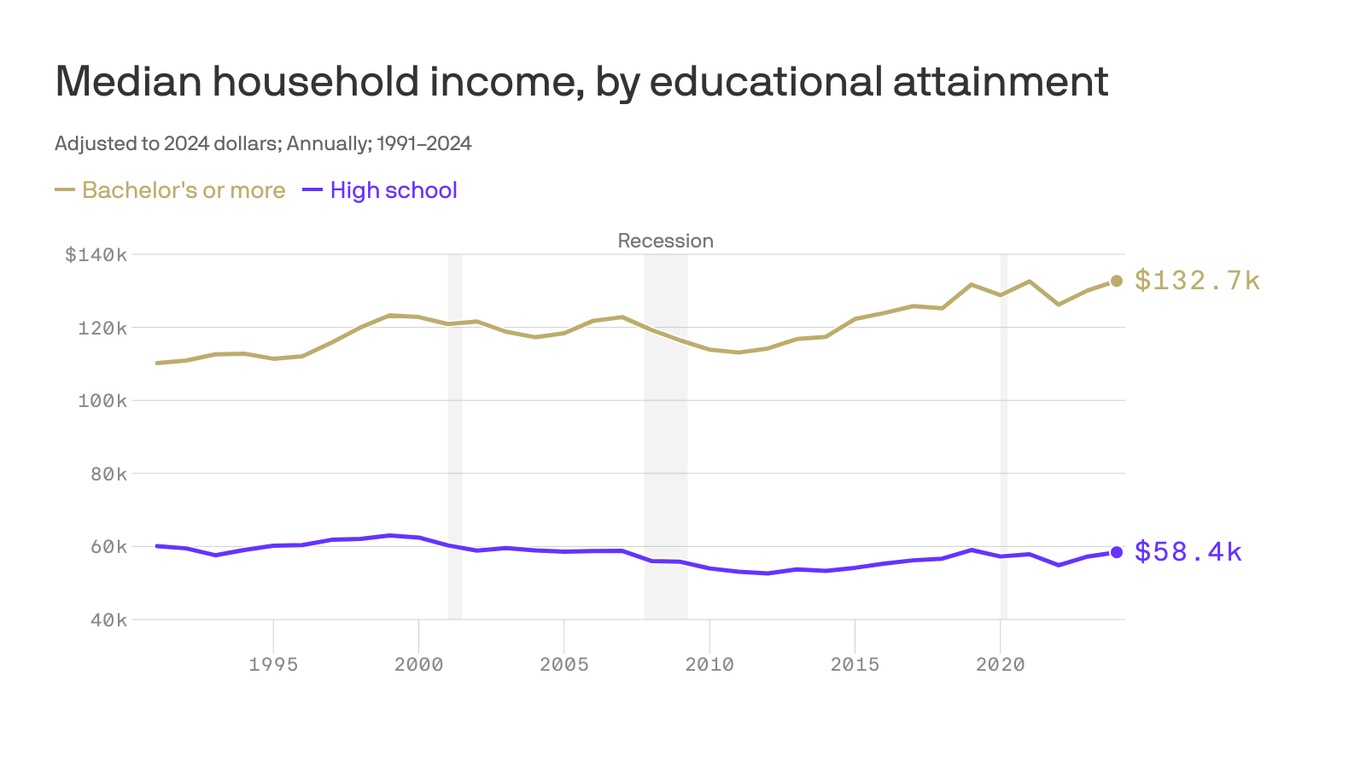fromInside Higher Ed | Higher Education News, Events and Jobs
4 weeks agoNew Graduate Loan Caps Risk Reducing Access, Not Debt
setting in motion significant changes in student borrowing rules that will have huge implications for students, institutions and the economy. Among the negotiated points were directives in the One Big Beautiful Bill Act designed to address the $1.8 trillion student debt crisis by canceling Grad PLUS loans-used by many students to pay for grad school-and putting caps on the amount of money students can borrow: $200,000 for professional degrees, capped at $50,000 annually, and $100,000 for graduate programs, limited to $20,500 a year.














